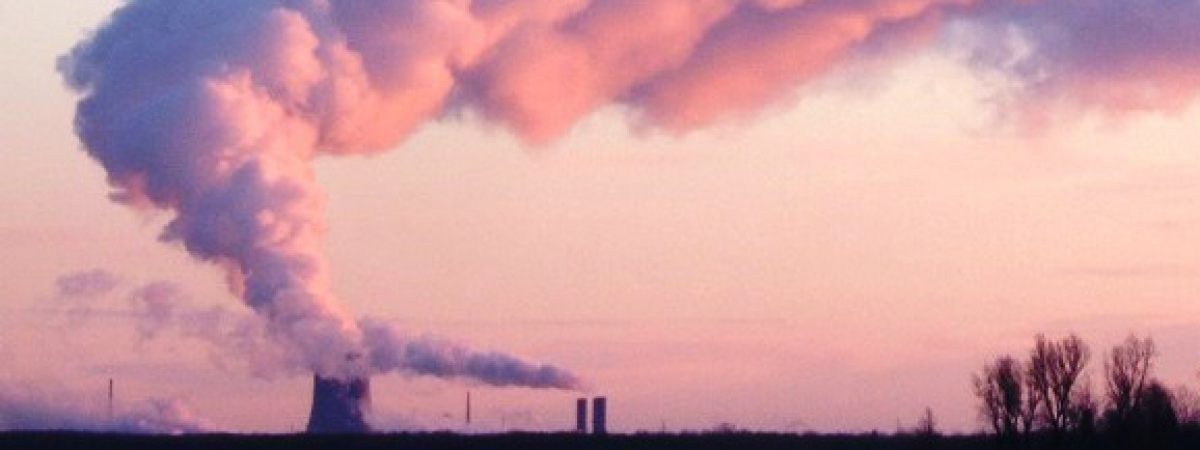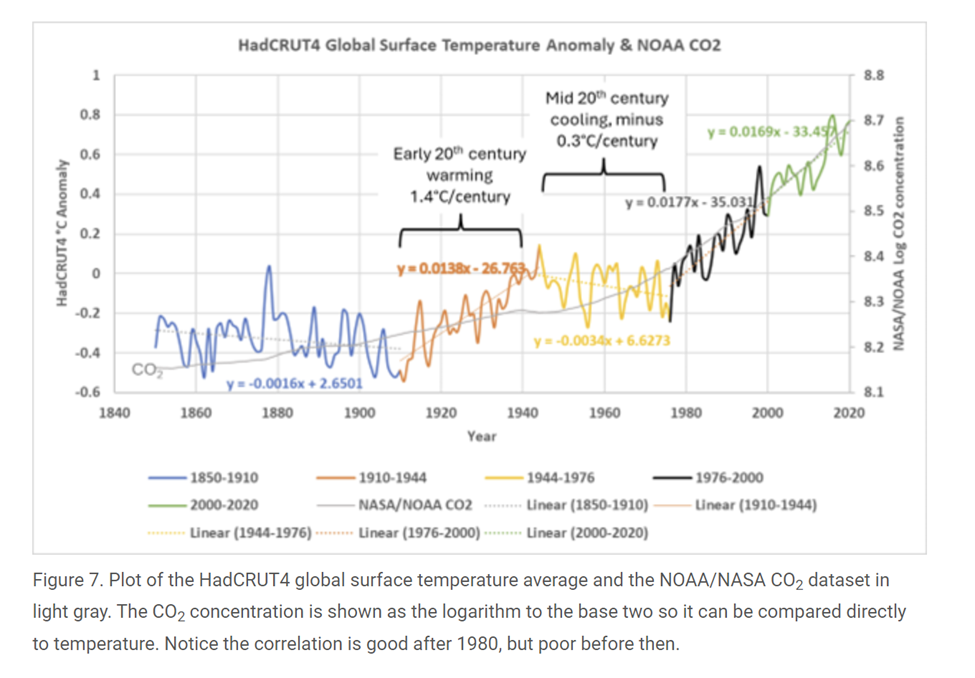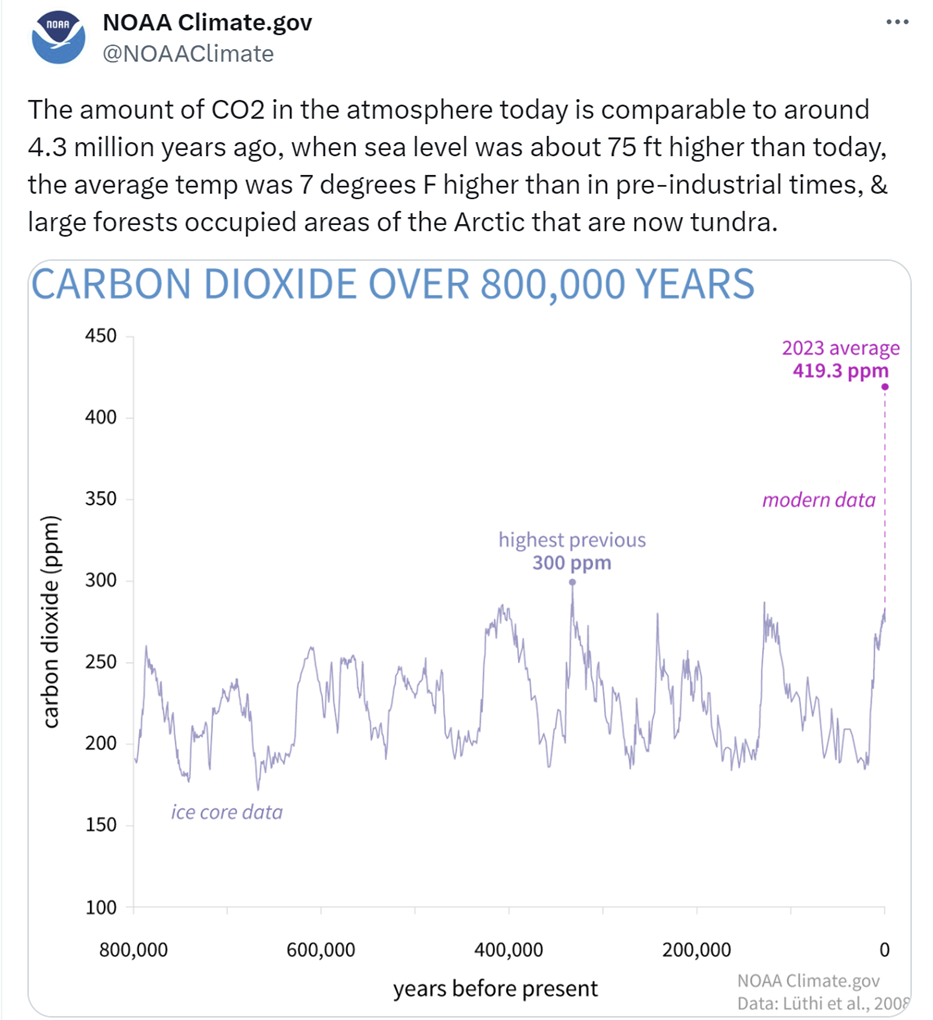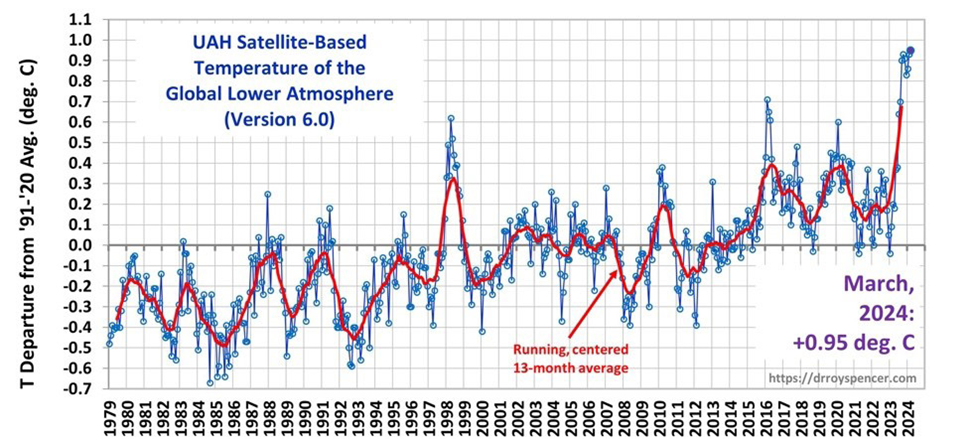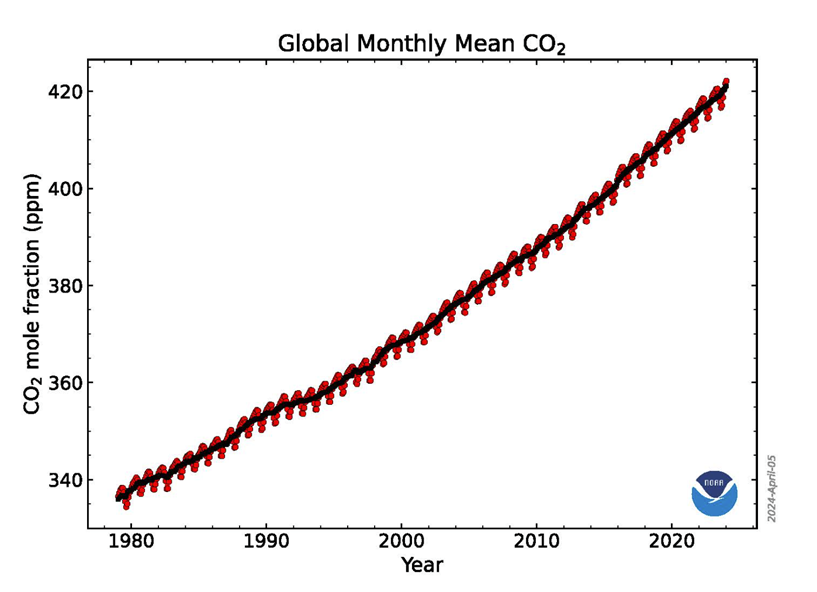A version of this post appeared at Watts Up With That
I came across a paper that concludes “The US power grid is proven to be highly reliable in general; however, the resilient and reliable grid operation is increasingly challenged by severe weather events–events that are increasing in frequency and magnitude due to climate change.” I have many issues with this paper, but I am only going to discuss one. Apparently peer reviewed papers today require marginal support for claiming increasing severity because everyone knows that climate change affects the frequency and magnitude of severe weather events
This analysis is typical of the reports used to justify the Climate Leadership & Community Protection Act (Climate Act). I have followed the Climate Act since it was first proposed, submitted comments on the Climate Act implementation plan, and have written over 400 articles about New York’s net-zero transition. This post explains why the connection between this work and climate change is tenuous. The opinions expressed in this post do not reflect the position of any of my previous employers or any other organization I have been associated with, these comments are mine alone.
Powerless in the Storm
The paper in question is “Powerless in the storm: Severe weather driven power outages in New York State, 2017–2020” (Flores NM, Northrop AJ, Do V, Gordon M, Jiang Y, Rudolph KE, et al. (2024) Powerless in the storm: Severe weather-driven power outages in New York State, 2017–2020. PLOS Clim 3(5): e0000364. https://doi.org/10.1371/journal.pclm.0000364)
The only proof cited to “support climate change is increasing weather variability” is the reference to this sentence: “The power grid’s vulnerability to severe weather events becomes even more critical in the context of climate change, which is expected to increase weather variability and prevalence of extreme events (e.g., storms, wildfires, heatwaves, floods)”. The reference included cites the latest Intergovernmental Panel on Climate Change report: IPCC, 2022: Climate Change 2022: Impacts, Adaptation, and Vulnerability. Contribution of Working Group II to the Sixth Assessment Report of the Intergovernmental Panel on Climate Change [Portner H.-O., Roberts D.C., Tignor M., Poloczanska E.S., Mintenbeck K., Alegrı´a A., Craig M., Langsdorf S., Lo¨schke S., Mo¨ ller V., Okem A., Rama B. (eds.)]. Cambridge University Press. Cambridge University Press, Cambridge, UK and New York, NY, USA, 3056 pp., https://doi.org/10.1017/9781009325844
The Other Side of the Story
However, if the authors were to look at the actual IPCC report rather than what they assumed it would say about the example weather events (storms, wildfires, heatwaves, floods) the narrative falls apart.
The CO2 Coalition published a paper prepared by Richard Lindzen, William Happer, Steven Koonin on April 16, 2024 titled Fossil Fuels and Greenhouse Gases Climate Science. Richard Lindzen, Professor of Earth, Atmospheric, and Planetary Sciences, Emeritus Massachusetts Institute of Technology; William Happer Professor of Physics, Emeritus Princeton University; and Steven Koonin University Professor, New York University, Senior Fellow at the Hoover Institution reviewed what the IPCC documents actually said about these extreme weather events. The paper explains:
Hurricanes. A deep analysis of the facts reveals that “the data and research literature are starkly at odds with this message” — “hurricanes and tornadoes show no changes attributable to human influences.” Id. pp. 111-12. Further, “There has been no significant trend in the global number of tropical cyclones nor has any trend been identified in the number of U.S. land-falling hurricanes.” U.S. Global Climate Research Program, 3rd National Climate Assessment, Appendix 3, p. 769 (footnotes omitted).
Wildfires. There is a powerful new source of data on wildfires, “Sophisticated satellite sensors first began monitoring wildfires globally in 1993.” Id. p. 142.
The result of this new source of data is totally contrary to what is in the news. Unsettled cites NASA data and others that show the global area burned by fires declined each year from 1998 to 2015:
“Unexpectedly, this analysis of the images shows that the area burned annually declined by about 25% from 1998 to 2015.” Further, “Despite the very destructive wildfires in 2020, that year was among the least active globally since 2003.” Id. p. 142.
Heat Waves. On extreme temperatures in the U.S., we all agree: “The annual number of high temperature records set shows no significant trend over the past century, nor over the past 40 years.” Koonin, supra, p. 110.
Flooding: US data shows “modest changes in US rainfall during the past century haven’t changed the average incidence of floods.” Globally, data from the IPCC shows that there is “low confidence regarding the sign of trend in the magnitude and/or frequency of floods on a global scale.” We all agree with the summary in Unsettled: “we don’t know whether floods globally are increasing, decreasing, or doing nothing at all.” Id. p. 137.
Discussion
I have nothing to add to the main point that the authors of this paper just assumed that the IPCC found that extreme weather events were increasing despite evidence in the latest report to the contrary. The peer review process did not call them out on this.
For the record the authors, their roles and affiliations follow:
Nina M. Flores
ROLES Conceptualization, Data curation, Formal analysis, Writing – original draft, Writing – review & editing
AFFILIATION Department of Environmental Health Sciences, Mailman School of Public Health, Columbia University, New York, New York, United States of America
Alexander J. Northrop
ROLES Conceptualization, Data curation, Writing – review & editing
AFFILIATIONS Department of Environmental Health Sciences, Mailman School of Public Health, Columbia University, New York, New York, United States of America, Vagelos College of Physicians and Surgeons, Columbia University, New York, New York, United States of America
Vivian Do
ROLES Conceptualization, Writing – review & editing
AFFILIATION Department of Environmental Health Sciences, Mailman School of Public Health, Columbia University, New York, New York, United States of America
Milo Gordon
ROLES Conceptualization, Writing – review & editing
AFFILIATION Department of Environmental Health Sciences, Mailman School of Public Health, Columbia University, New York, New York, United States of America
Yazhou Jiang
ROLES Conceptualization, Writing – review & editing
AFFILIATION Department of Electrical and Computer Engineering, Clarkson University, Potsdam, New York, United States of America
Kara E. Rudolph
ROLES Conceptualization, Methodology, Writing – review & editing
AFFILIATION Department of Epidemiology, Mailman School of Public Health, Columbia University, New York, New York, United States of America
Diana Hernández
ROLES Conceptualization, Writing – review & editing
AFFILIATION Department of Sociomedical Sciences, Mailman School of Public Health, Columbia University, New York, New York, United States of America
Joan A. Casey
ROLES Conceptualization, Funding acquisition, Methodology, Writing – review & editing
AFFILIATIONS Department of Environmental Health Sciences, Mailman School of Public Health, Columbia University, New York, New York, United States of America, Department of Environmental and Occupational Health Sciences, University of Washington, Seattle, Washington, United States of America
One final point is that my impression of the analysis is that the authors had pre-conceived conclusions in mind and tortured the data to get the results desired.
Conclusion
I have to assume that this is an example of the Climate Industry’ Misdirection Campaign described recently by Kip Hansen. All of the authors are associated in some way with public health departments at universities. I doubt that any of them has any background in climatology or meteorology beyond a possibly a class or two in introduction to Climate Change – The Existential Threat. Today it is sufficient to just note that extreme weather is getting worse due to climate change to hype the results claimed because the peer reviewers know that is “true”.
